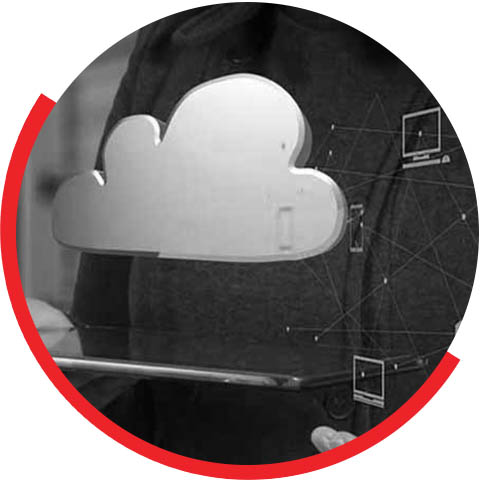Did you think Cloud migration is all about lifting and shifting alone? Well never! It requires a common language, a common understanding along with the ability of your organization to align technology solutions for meeting business needs. When you consider Migration, you need to think infra, application, data and process plays. What you need to focus on is optimization as part of the migration plan. Merely lifting or shifting the application and associated infrastructure will actually prove to be very dear and similarly cost of simple migration plans are often over the top.
Modern software efficiency is all about adopting Cloud services for speedy development, managing infrastructure by enabling teams to do this autonomously and most importantly improving customer experience. For instance, in case of speedy development or agility, enterprises can very quickly create and launch services (new) in the public Cloud, without additional investment in infrastructure, independently, therefore appealing to customers.
So when and how can technology solutions be aligned to business needs? The answer lies in optimization. Cloud-mature organizations typically hone and develop (optimize) their applications, ideally through DevOps. And this is exactly what you need to make a note of – this is where righteous cost benefits begin to show themselves, as it is completely designed to take full advantage of the public Cloud’s powerful capabilities. Therefore applications must undergo optimization and adopt services, including the data aspects.
The next concern with respect to aligning these needs to business, is that organizations that first begin using public Cloud services will only use 10%-15% of the compute capacity that they are paying for. However, mature organizations at the optimization stage use majority of the compute that has been purchased.
Optimization then leads to scalability because when organizations continually optimize, their applications will also be built for an auto-scaling world, which can help them run to maximum capacity so they can quickly scale up when they need to. In which case, application management and self-healing that is automated will only allow you to fully scale-up.
Similarly, private Cloud services may also be accounted for, specifically when deciding as to whether to migrate to public or private Cloud – by carefully considering:
- Type of application
- Data sovereignty issues being at play, or
- Level of security needed
Here’s what we do, when you choose to go with us - Sonata helps with the monitoring of your entire infrastructure (both on and offsite) and disseminating built-in migration reports, as well as, helping you to identify workloads that are primed for migration and check them before, during and after migration, ensuring your success with the Cloud.
One of the bigger advantages for those seeking to migrate, of course, is the opportunity thus offered for provisioning resources faster and with more dynamism in meeting real-time demands. This can help save money on infrastructure that is unused and alleviate the pain for a fretful developer waiting for servers. Appropriately managed, frequent, and comprehensive deploys could actually prove to be more stable. Whereas, a cascade of poorly managed deploys with shorter lead times can result in utter chaos.
So you choose. Don’t you want your Company to be the one to institute processes in managing and optimizing the tension between speed and stability in Cloud environments? You decide.


